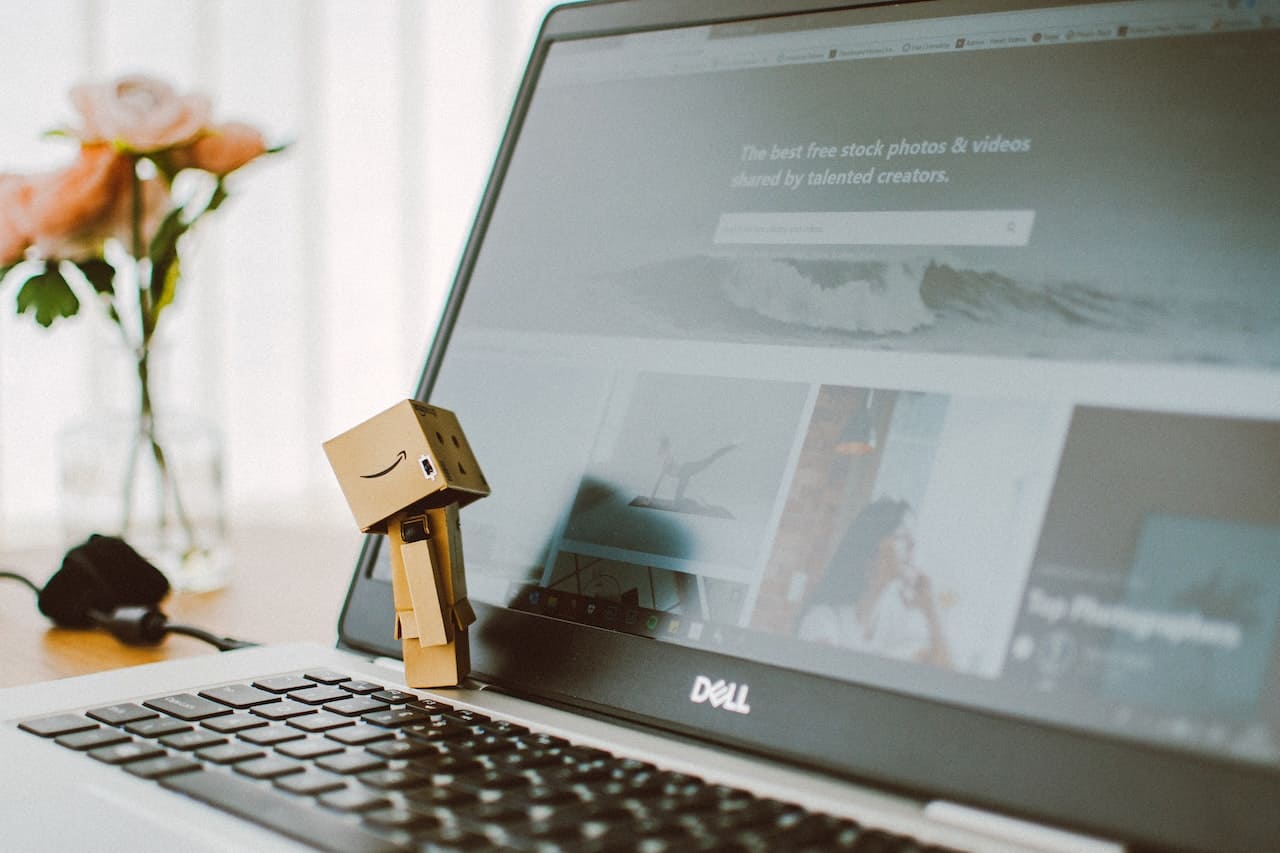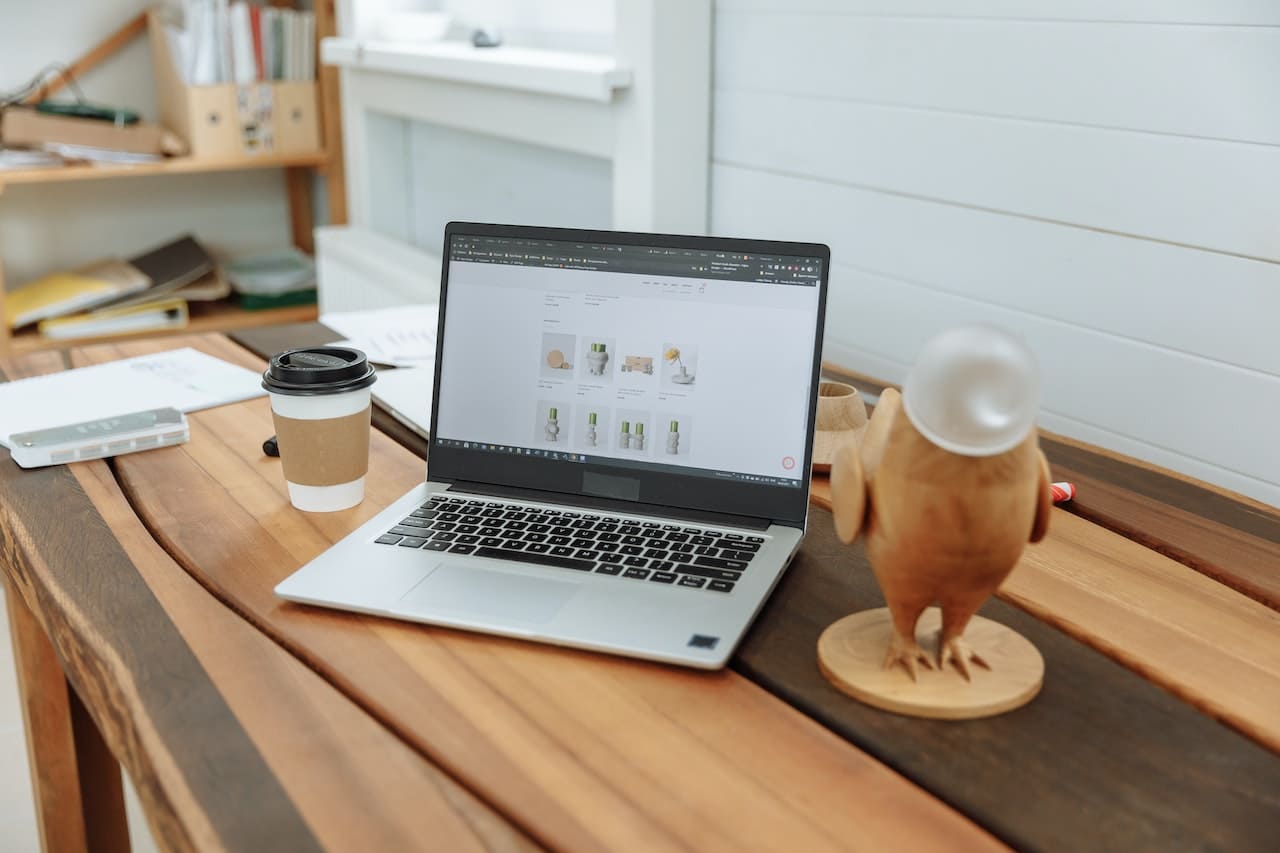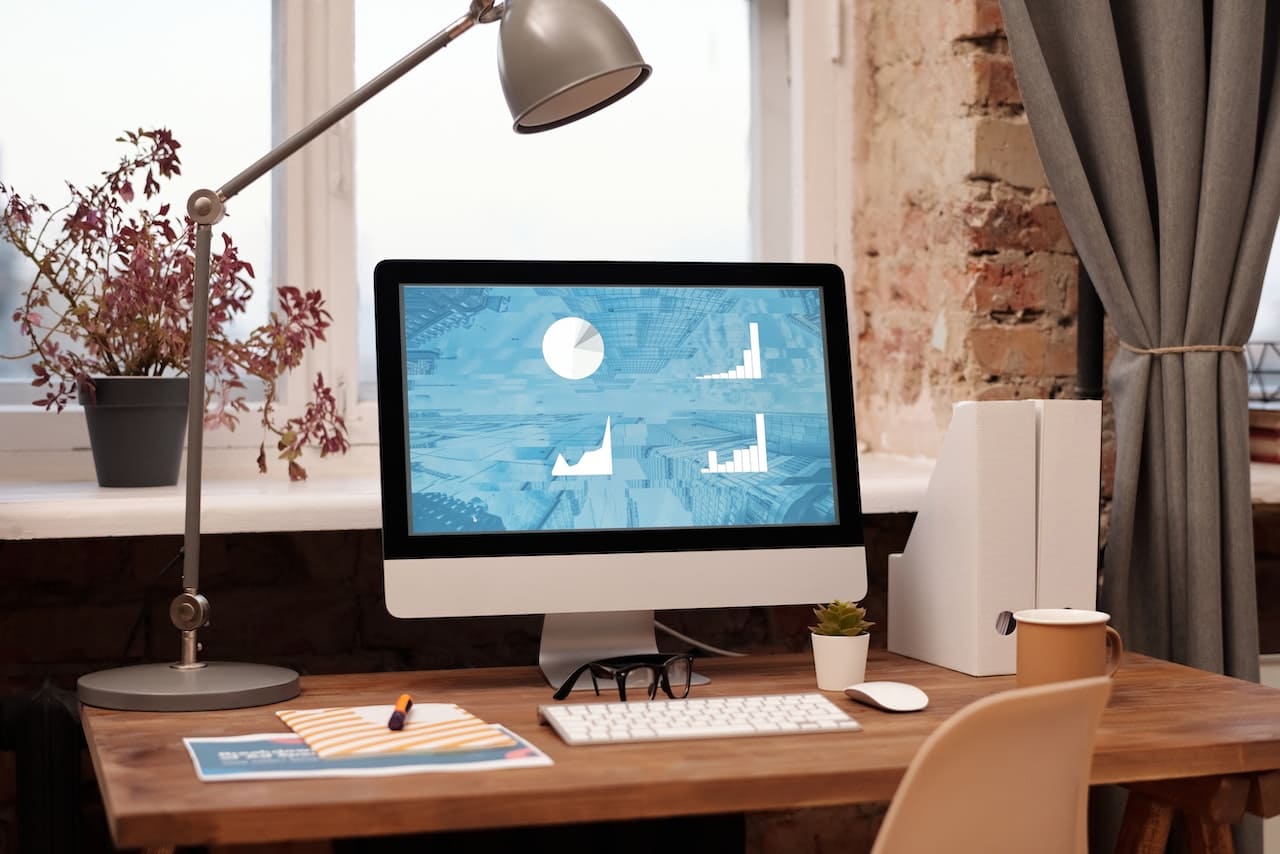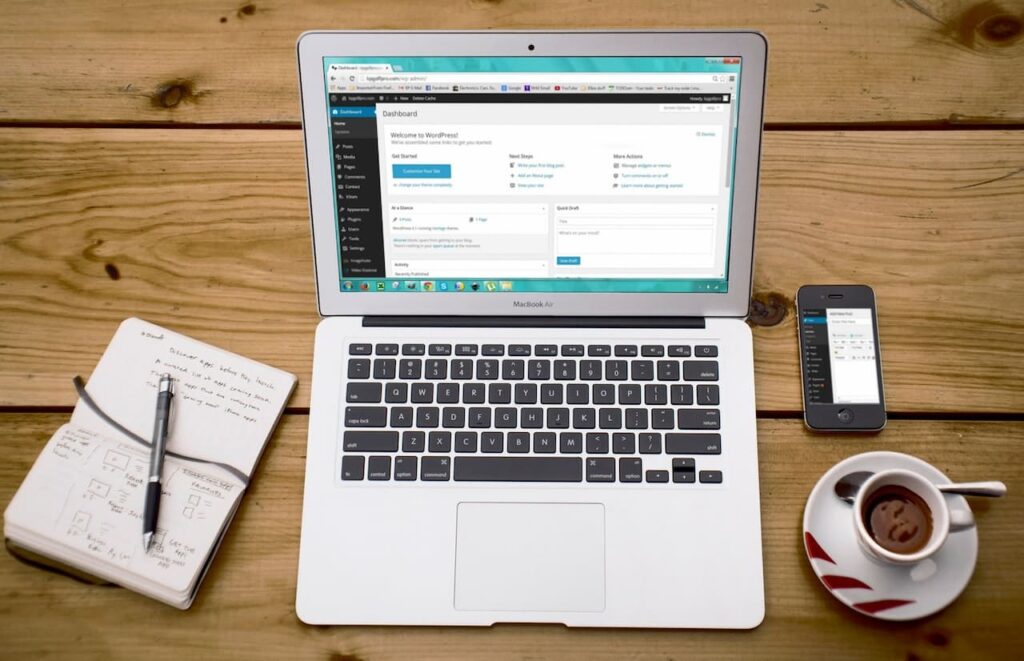In the vast landscape of website development, WordPress stands as a colossus, powering over 40% of all websites on the internet. Its flexibility, user-friendliness, and a multitude of themes and plugins have made it the go-to platform for bloggers, businesses, and developers alike. While there’s an array of pre-designed themes available, the true power of WordPress comes to the fore when you begin customizing your chosen theme to match your unique brand identity and website goals. In this comprehensive guide, we will delve into the art and science of customizing your WordPress theme to make your website truly your own.
Why Customize Your WordPress Theme?
Personalization is at the heart of successful online presence. A customized WordPress theme enables you to align your website’s appearance with your brand’s identity, fostering trust, recognition, and engagement among your visitors. It also allows you to tailor the user experience, optimizing the layout, functionality, and content presentation to meet your specific objectives. Whether you’re an individual blogger, a small business owner, or an e-commerce entrepreneur, customizing your WordPress theme can set you apart in a crowded digital landscape.
Balancing Design and Functionality
In the process of tailoring your WordPress theme, achieving equilibrium between design aesthetics and functional efficacy becomes paramount. While a visually captivating design is essential, it should harmonize seamlessly with a positive user experience. Maintain an intuitive navigation system, ensuring that the website’s structure and interactions remain user-friendly and uncomplicated. This delicate equilibrium ensures that your design doesn’t overshadow functionality, fostering a satisfying and accessible user journey.
Before You Begin: Essential Preparation
Customizing a WordPress theme requires a strategic approach. Before you dive into the process, consider the following preparatory steps:
Backup Your Site: Before making any significant changes, create a backup of your website. This ensures that you can easily revert to the previous state if anything goes wrong during the customization process.
Understand Your Brand: Clarify your brand identity, mission, and values. This understanding will guide your customization decisions, ensuring that your website resonates with your audience.
Set Clear Objectives: Define your website’s goals. Are you aiming to increase conversions, boost user engagement, or enhance aesthetics? Your objectives will drive the customization choices you make.
Select the Right Theme: Choose a theme that aligns closely with your desired design. While you can change many aspects, starting with a theme that already resembles your vision can save time and effort.
Customization Options: A Deep Dive
When it comes to crafting a website that truly reflects your brand and meets your specific needs, customization is key. Let’s take a closer look at the diverse range of customization options available to tailor your website to perfection:
1. Customizing Colors and Typography:
The color scheme and typography of your website contribute significantly to its visual appeal and brand identity. Many themes provide easy-to-use customization options for adjusting colors and fonts. Utilize the WordPress Customizer or Theme Options panel to align these elements with your brand personality.
2. Logo and Favicon:
Enhance your website’s identity by adding your logo, a cornerstone of brand recognition. A well-crafted logo imparts professionalism and builds trust among visitors. Additionally, don’t overlook the favicon – that small icon that appears in the browser tab – as it contributes to a unified and polished appearance, reinforcing your brand’s visual coherence across the digital landscape.
3. Header and Navigation:
The header is often the first thing visitors notice. Customize its layout to accommodate your logo, navigation menu, and contact details. A clean and well-organized navigation menu enhances user experience, making it easier for visitors to explore your site.
4. Homepage Layout:
Your website’s homepage is akin to a digital storefront, setting the tone for visitor engagement. WordPress themes frequently offer a range of layout options that allow you to curate the appearance and arrangement of elements. A pivotal choice is determining whether you want a static homepage that maintains consistent content or a dynamic blog feed that keeps visitors updated with your latest posts. Within these layout options, customization extends to segments such as featured content sections, impactful testimonials, and compelling call-to-action banners. These customizable components wield the power to captivate visitors and direct their attention towards key messages, products, or services.
5. Widgets and Sidebars:
Widgets and sidebars offer dynamic avenues for elevating your website’s functionality. By customizing these sections, you have the opportunity to spotlight vital information, present live social media feeds, or draw attention to your most recent posts. Thoughtful widget placement holds the potential to significantly boost user engagement, as it provides visitors with convenient access to pertinent content. Whether you’re displaying contact details, sharing recent blog updates, or showcasing customer testimonials, strategic widget placement enhances the overall user experience, fostering interaction and encouraging visitors to explore further.
6. Page Templates:
Different types of content demand diverse presentation styles, and this is where page templates come into play. WordPress offers an array of page templates, each optimized for specific content formats. From full-width pages that provide expansive canvas to landing pages designed for focused conversions and archive pages organizing past posts, the right template selection ensures a coherent and structured display of content. Opting for suitable templates for each content type streamlines navigation, aids user understanding, and cultivates an intuitive browsing experience that aligns with visitors’ expectations.
7. Custom CSS:
For those equipped with coding proficiency, custom CSS provides an avenue for meticulous design refinement beyond the confines of theme options. This level of customization is particularly advantageous for aligning specific design elements precisely with your envisioned aesthetics. Whether it’s adjusting typography, spacing, color schemes, or intricate design elements, custom CSS empowers you to manifest a unique and tailored appearance that resonates authentically with your brand identity.
8. Plugins Integration:
The dynamic nature of WordPress is elevated further through the integration of plugins, each extending your site’s capabilities. By seamlessly incorporating plugins for essential functionalities like SEO optimization, social media sharing, contact forms, e-commerce solutions, and more, you enhance the overall user experience. However, while integrating plugins, it’s crucial to ensure their design seamlessly blends with your website’s existing aesthetics, maintaining a consistent and harmonious visual presentation. This synergy reinforces professionalism, aids user trust, and contributes to a polished and unified online presence.
The Art of User Experience
Beyond mere aesthetics, user experience (UX) plays a pivotal role in determining the success of your website. A well-crafted UX engages visitors, encouraging them to explore your content and interact with your site. To master the art of user experience, consider these essential aspects:
1. Mobile Responsiveness:
The rise of mobile browsing underscores the importance of ensuring your website is mobile-responsive. A responsive design adapts seamlessly to different screen sizes, guaranteeing a consistent and enjoyable experience for users across devices. Testing your website on various devices can help you identify and rectify any responsive design issues.
2. Loading Speed:
The speed at which your website loads significantly impacts user satisfaction and search engine ranking. Slow-loading pages can frustrate visitors and lead to higher bounce rates. Optimize your website’s performance by compressing images, minimizing code, and employing caching solutions. A faster website not only enhances user experience but also improves SEO performance.
3. Navigation Ease:
Intuitive navigation is the backbone of a positive user experience. Your menu structure should be logical and organized, allowing users to find their desired content effortlessly. Avoid overwhelming visitors with a cluttered menu; instead, categorize and prioritize content, making it easy for them to navigate through your website.
4. Call-to-Actions (CTAs):
Strategically placed CTAs are your guiding signposts for user interaction. These buttons or links prompt visitors to take specific actions, such as subscribing to newsletters, making purchases, or contacting you. Customize the design and wording of your CTAs to make them visually appealing and attention-grabbing, while still aligning with your website’s overall design.
Iterative Customization and Testing
The journey of crafting an exceptional website doesn’t end with its initial launch. Instead, it’s an ongoing process of iterative customization and testing that ensures your website continues to meet user expectations and business goals. Here’s how this approach can help you continuously elevate your website’s user experience:
Website customization is an ongoing commitment that requires consistent attention. Regularly assessing your website’s performance metrics is a fundamental aspect of this process. By monitoring key indicators such as page load times, bounce rates, and user engagement, you gain insights into how well your site is performing. Identify any areas of concern and focus on areas that require improvement.
User feedback is a treasure trove of insights. Listen to what your visitors have to say about their experiences on your website. Their feedback can shed light on pain points, usability issues, and features that resonate well. Leveraging this information enables you to make informed decisions about where to direct your customization efforts.
Analyze website analytics to uncover valuable trends. Study user behavior, such as which pages they visit the most and where they drop off. This information helps you pinpoint areas that need attention. For instance, if a particular page has a high exit rate, it might signal a need for design or content improvements.
Conclusion
Customizing your WordPress theme is a voyage of creativity, brand expression, and user engagement. With a clear understanding of your brand identity and website goals, combined with the tools and knowledge outlined in this guide, you’re well-equipped to embark on the journey of transforming your WordPress theme into a digital masterpiece uniquely tailored to your vision. By merging aesthetics with functionality and prioritizing user experience, you can create a website that captivates, converts, and leaves a lasting impact.



















